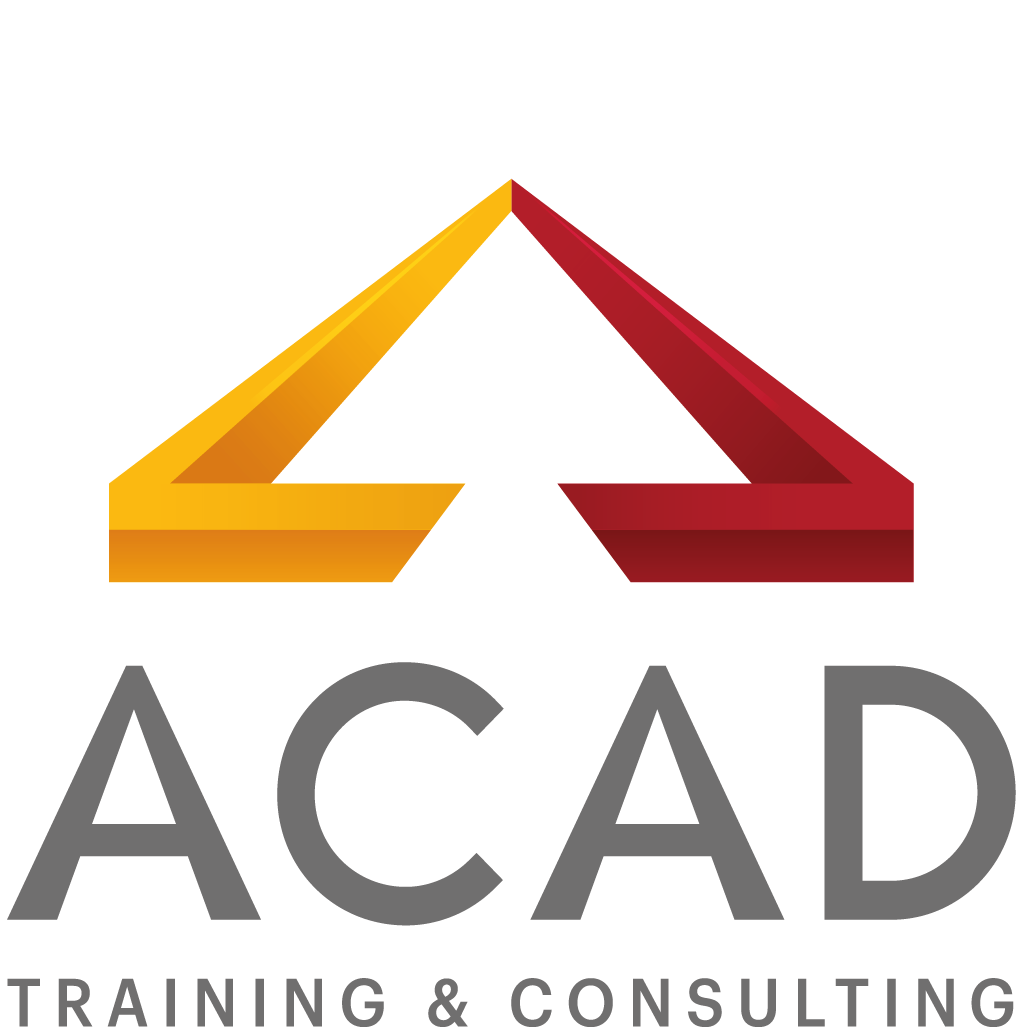- Home Page
- English
- Pages
- Learning-Journey-Design
What is a Training Journey?
A learning journey for Corporates is a cohort-based, curated series of workshops and training combined with practicum projects and coaching delivered by external, internal, or a combination of facilitators and coaches. Learning journeys are ideal for achieving business or organizational goals that
require complex skills, new ways of working, and leaders who are prepared to drive organizational change.
Learning journeys deliver something standalone workshops can’t. With a cohort-based, time-bound, experiential learning, learning journeys provide more than strengthening specific skills, learning a new tool, or communicating a new policy. Learning journeys create vulnerability in learning, increase trust on teams, offer an opportunity for mastery and skill development, as well as building a foundation for a shift in mindset all which result in the potential for organizational and cultural transformation.
Seven Steps to design a Learning Journey For Team and Organizational Transformation with ACAD Training & Consulting
-
Understand organizational goals. A unique benefit of offering a learning journey inside of an organization is that it can be customized and designed for the organization and the results you want to achieve.
-
Research, design, and empower organizations to understand what their stakeholders and customers care about in order to create meaningful content for a learning journey.
-
Design a pilot and invite high-performing teams that are already inclined to new ways of working to be the first cohort.
-
Recruit support from managers and leaders. Involving managers and leaders creates more people who are invested in the success of the learning journey.
-
Get feedback from learners and their managers both during and after the pilot.
-
Iterate on the design of the learning journey by incorporating feedback along the way.
-
Continue to look for ways to improve the learning journey after each delivery to ensure it is meeting the needs of participants and the organization.
Individuals ultimately lead organizational change, but it typically requires more than one person.
Organizational transformation is a lot to ask of one individual. When an individual is successful in implementing something new, it may be that they are changing ways of working in an unsustainable way. One way to notice if this is happening is to consider if that individual leaves, what will change? Will the practices, tools, or principles they brought survive on the team or within the organization? Without support, an individual might have to take unnecessary risks or heroics to pull off a change they care about at work. This can cause a backlash among other employees or managers because this unsupported change may mean an increased risk of burnout for the team and it may not align with team interests.
he most powerful learning journeys include training and learning experiences that offer new tools and techniques for how people work together. Organizational culture is defined by how people work together – the accepted attitudes, behaviors, and social norms. By embedding things like empathy exercises, collaboration techniques, presence and communication skills, listening techniques, and facilitation tools in a learning journey we can create cultural norms and expectations that align with the kind of culture we aspire to build and sustain. Once a team establishes a healthy baseline of how they want to work together, these norms and expectations persist through team changes due to the alignment of goals and the team working dynamics. Learning journeys are an opportunity to be intentional about the cultural dynamics we support and the ones we challenge.

